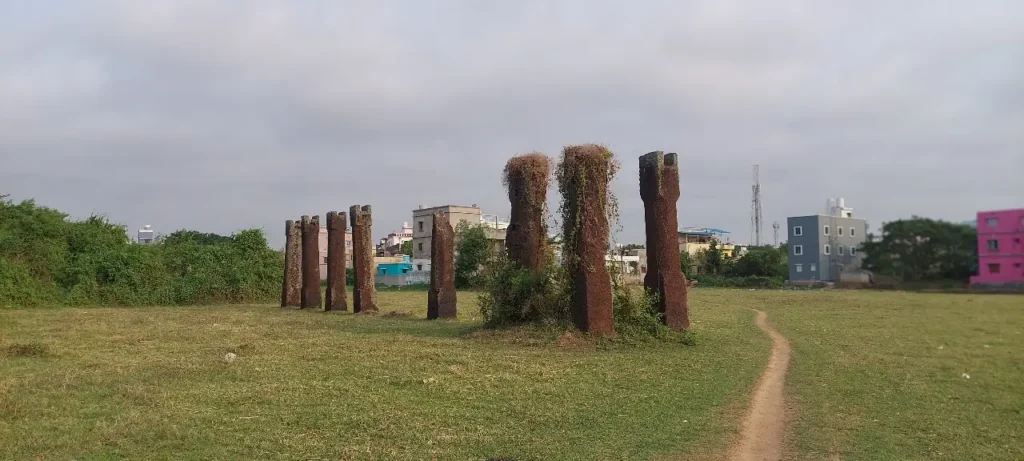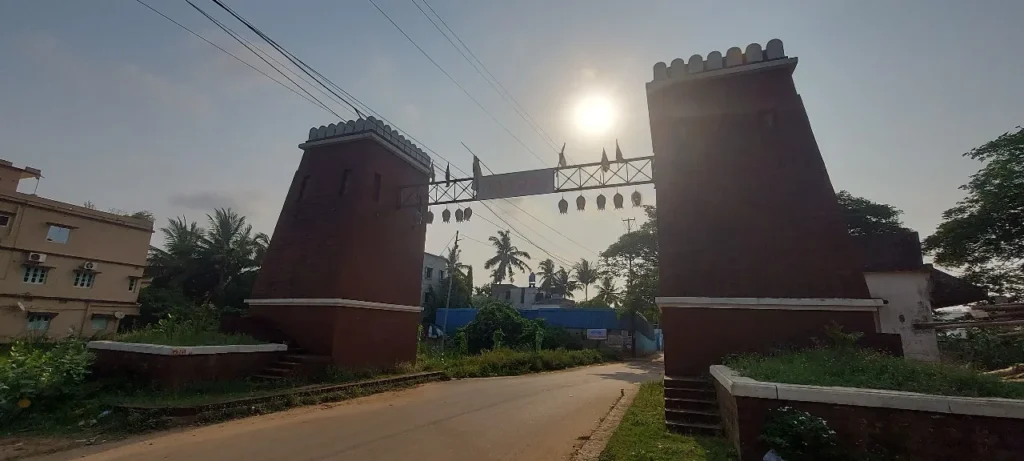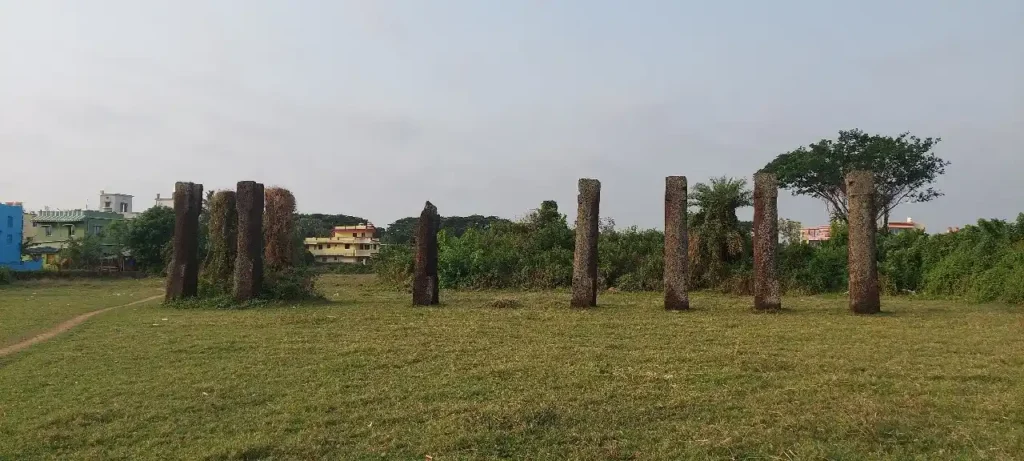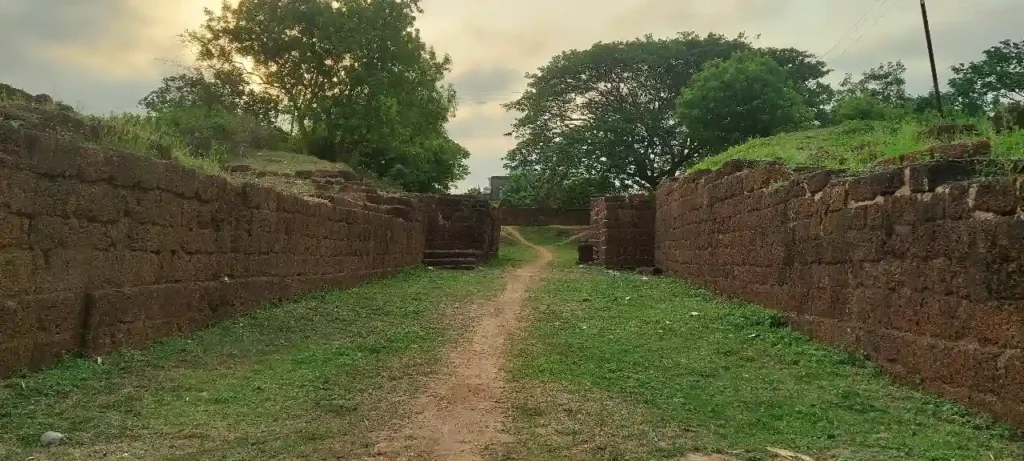
Table of Contents
Have you ever heard of Sisupalgarh — a city that was built so perfectly that even modern architects would be jealous?
In fact, it was a city bustling with life 2,000 years ago, right here in India — and yet, surprisingly, most of us have never even heard its name.
Now, let me take you on a journey to this forgotten fortress city just outside Bhubaneswar, Odisha, that’s nothing short of magical.What Exactly is Sisupalgarh?
In the heart of eastern India lies the remains of Sisupalgarh, once one of the grandest ancient cities of its time.
To begin with, built around the 4th century BCE, during the era of Emperor Ashoka, Sisupalgarh covered a massive area of 130 hectares — imagine an entire city, neatly organized, fortified, and way ahead of its time!
For example, think Game of Thrones, but 2,000 years ago and in India! And no, this wasn’t just a small settlement with huts. In fact, we’re talking about gigantic walls, strategic moats, eight grand gateways, and even a mystery hall of 16 massive stone pillars that still leave archaeologists scratching their heads.
Why Sisupalgarh Is a Big Deal (and Why You Should Care)
- One of India’s largest ancient forts — bigger than many famous historical cities.
- Perfect city planning with mind-blowing symmetry.
- Fortifications smarter than anything from its time.
- Possible Ashokan connections and ties to ancient Buddhism.
- First Indian site documented using advanced laser scanning technology.
A Quick Peek Into Its Past
Long before Bhubaneswar became the bustling capital city we know today, Sisupalgarh stood proud — a seat of power, trade, and culture.
Its rediscovery began in 1948, when the brilliant archaeologist B.B. Lal started excavating the site, inspired by none other than Sir Mortimer Wheeler.
And today, thanks to cutting-edge GPS mapping and 3D laser scanning, we know much more about its fascinating layout.What Makes Sisupalgarh So Special?
The Fort Structure
- First of all, quadrangular shape (perfectly planned like a grid).
- In addition, eight gateways, placed symmetrically on each side.
- What’s more, massive defensive walls (Glacis) — 35 meters wide and 16 meters high once upon a time!
The "16 Pillars" Mystery (Shola Khamba)
- A group of gigantic laterite columns, almost 5 meters tall.
- Possibly part of a royal palace or a ceremonial hall.
- Laser scanning revealed hidden structures and layout nobody noticed before!

Not Just Sisupalgarh: Meet Its Cousins!
- Jaugada (with Ashokan rock edicts!)
- Radhanagarh (a fortress with still-standing ancient embankments)
- Badmal (dating back to the Iron Age)
- Kharligarh (a fort hidden deep in Odisha’s riverside forests)
The Sad Reality: Sisupalgarh is Under Threat
- Encroachment by rice fields and villages.
- Neglect despite being a declared national monument.
- Lack of active preservation efforts.
- Looting and erosion.

Why You Must Visit Sisupalgarh
If you’re the kind of traveler who craves authentic history, raw ruins, and a sense of stepping back in time, then this place will steal your heart.
- Walk among ancient walls.
- Touch stones carved by people 2,000 years ago.
- Imagine the bustling life that once filled those now-silent fields.

Final Thoughts
Indeed, it stands as a proud reminder that ancient India was not just a land of myths and temples — it was a land of cities, innovation, architecture, and dreams.
As a result, we owe it to our past, to our culture, and to future generations to protect and celebrate gems like this. Because if we don’t tell these stories… who will?
The next time you think of ancient cities, then, think beyond Rome and Athens.

